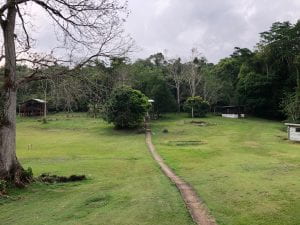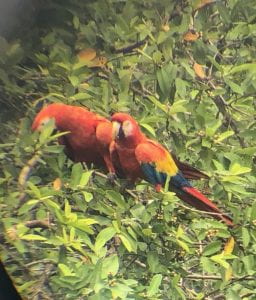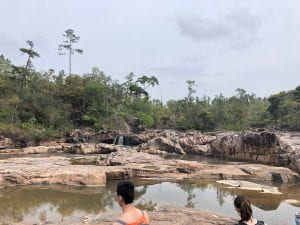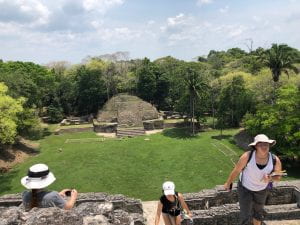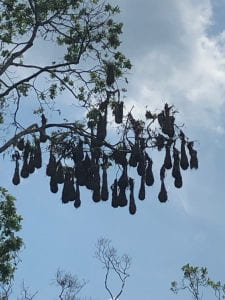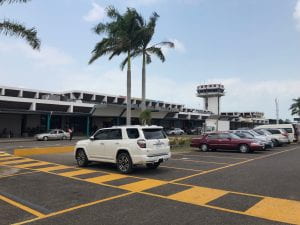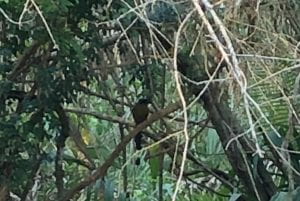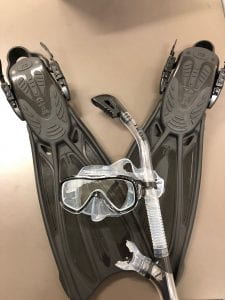This morning I woke up early enough to go bird watching, and it was definitely worth it. It was really peaceful and a great way to start the day. We saw a couple interesting species such as a Plumbeous Kite, and multiple parrots (which both act and sound like they are in a constant state of panic); however, the most fascinating bird we saw by far was the keel-billed toucan. It has a characteristically long beak and is fantastically colored. We spotted it eating some kind of fruit from a tree on the edge of the clearing.
During breakfast, we were surprised with an interesting request- to fill two 50mL conical tubes with 25mL of urine each. We thought we were being messed with at first but we soon realized it was for real. The tubes were used for the research project we set up today. We are trying to determine whether the canopy or forest floor has a greater abundance and richness of arthropods as well as which level is more nitrogen limited (our urine acts as a nitrogen source). Again, I was surprised by our lack of bird sightings within the jungle, although we could hear their calls.
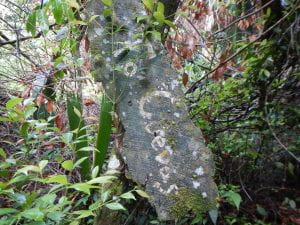
After we finished setting up our project and ate lunch, we got to explore the cave near the research station. The whole experience was surreal. The cave was massive and if it wasn’t for our headlamps it would’ve been completely dark. There were a lot of really cool rock formations and the cave was at one time a Mayan pilgrimage site (also the cave was covered in bat guano but no biggie). Liz, Anna, and Pierce even gave their presentations in the cave!
We ended the day with a night hike. It was nice because it wasn’t as hot and we were also able to see a lot of species which are most active at night. We didn’t see any birds, but we saw a lot of spiders, a scorpion, a snake, and a ton of other interesting organisms. Outside of collecting the tubes that we set up earlier, I have no idea what we’ll be doing tomorrow, but that’s why it’s exciting.


